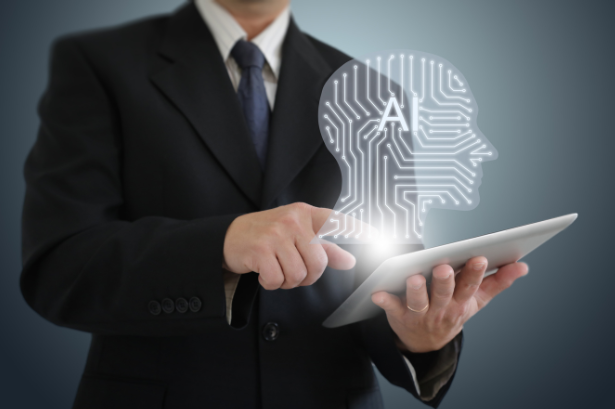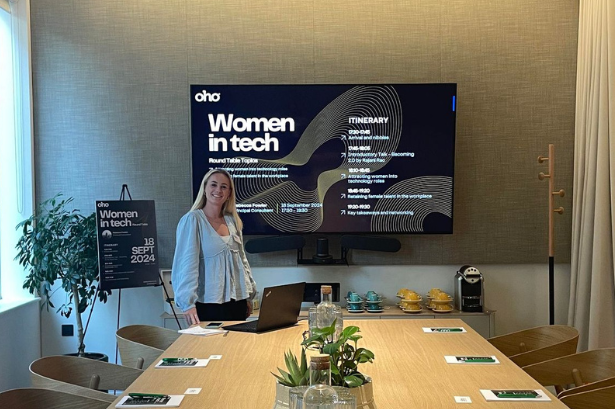Elon Musk's Big Month
25 Oct, 20245 mins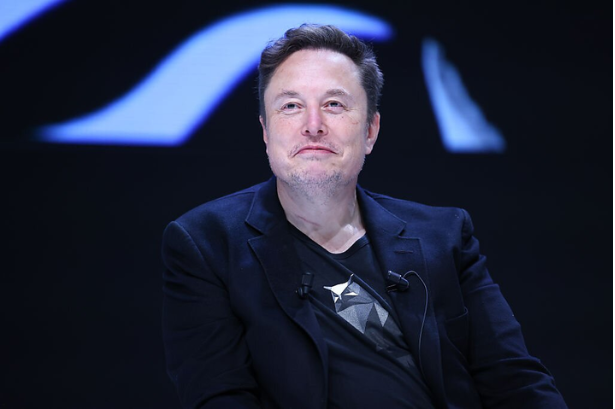
Love him or loathe him, there’s no disputing that Elon Musk is one of the world’s greatest living innovators.
Even by his own lofty standards, though, October has been a particularly eventful month for Musk. Today, we’re taking a moment to review the eccentric tycoon’s October highlights.
While this will obviously delight Musk fans, we wanted to keep something in there for the haters among you — so for each highlight, we’ll steer you in the direction of a non-Musk company that’s innovating in a related space.
What’s not to like?
The Good
All Hail the Cybercab
Tesla unveiled its long-awaited robotaxi (or, more accurately, ‘Cybercab’) and robo van on October 10.
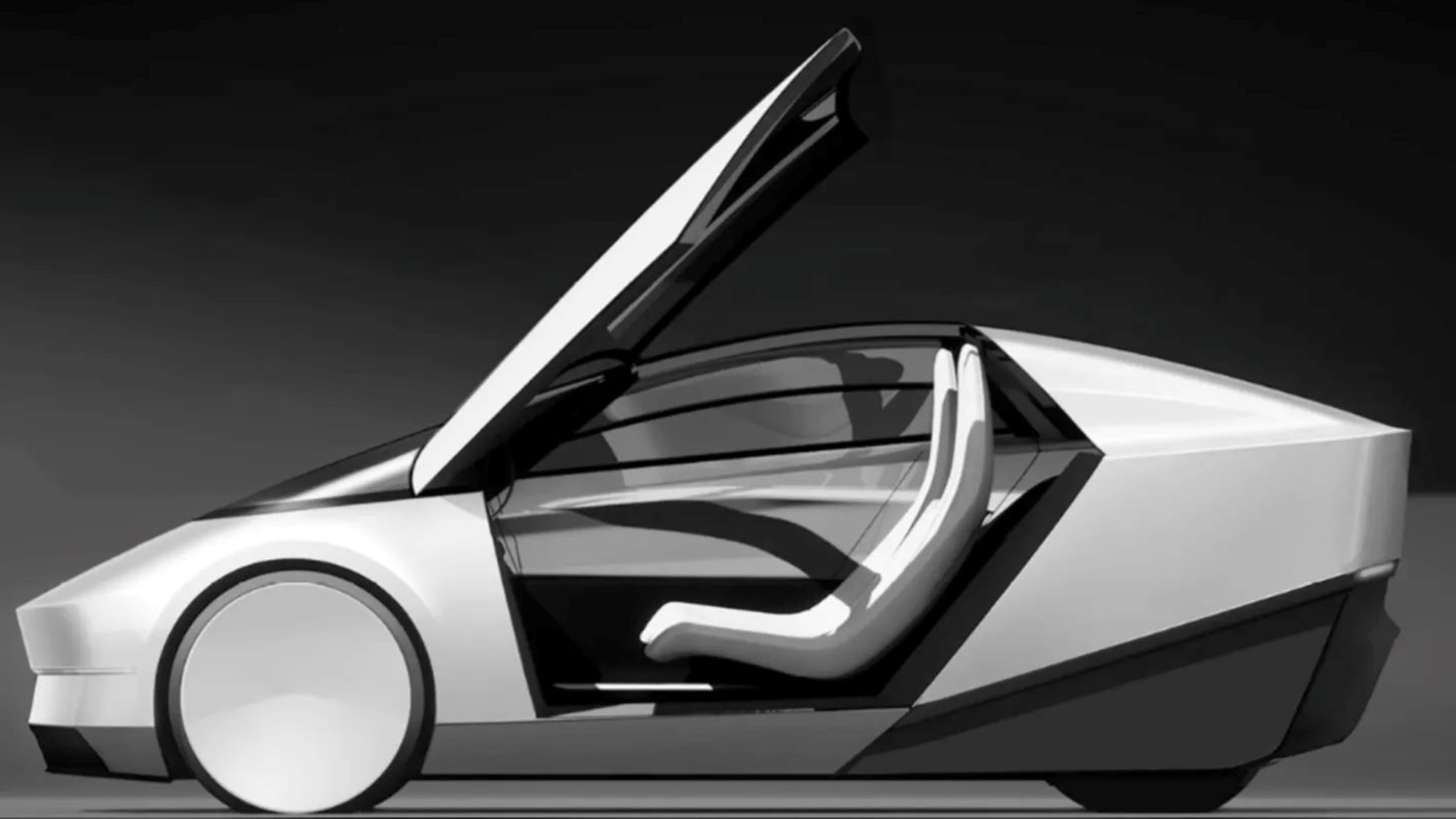
This was a big, big deal for Musk, who has been telling the world for months now that Tesla’s long term success hinges on its ability to produce full self-driving (FSD) cars.
The Cybercab — which has no steering wheel, and which Musk asserted will be on sale by 2027 — has the potential to open up a profound new value chain than what we think of traditionally in the auto sector.
Right now, your car only adds value while it drives you from place to place. But what if, while you’re (say) at work, or at the gym, your car was ferrying other people around, earning you fares?
That’s the futuristic concept that the We, Robot event — staffed by Tesla Optimus robots — presented to the world. While the event itself has attracted its fair share of controversy (more on that later), the idea of every car owner being a potential passive taxi service is clearly something to get mighty excited by.
See also: British start-up Wayve is a pioneer of “embedded AI” technology that will, it believes, one day power autonomous vehicles. Wayve landed a $1bn funding round earlier this year which it will use to develop and launch the first generation of its technology.
SpaceX’s Catch of the Day
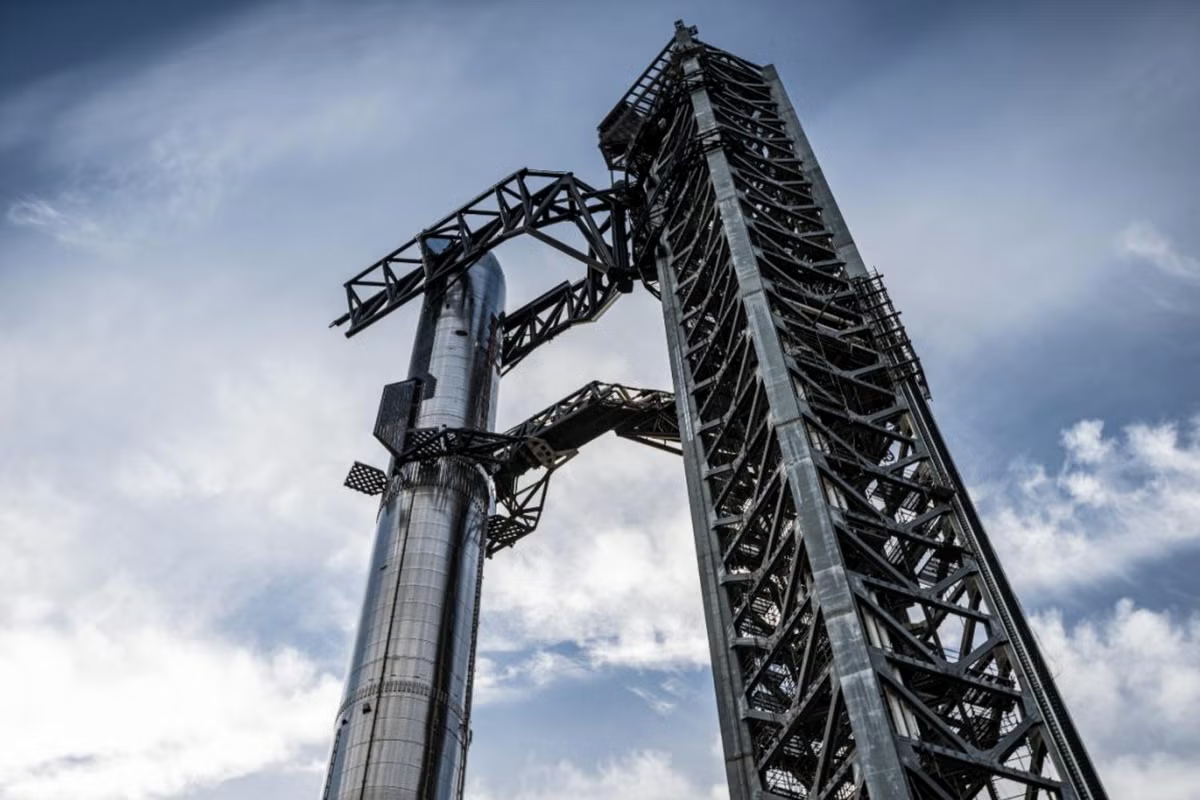
Musk had barely slept off We, Robot before another of his businesses — space exploration start-up SpaceX — registered a major milestone.
‘Starship’, SpaceX’s flagship spaceship, is the world’s most powerful space launch vehicle. That wasn’t the milestone set on 13 October, though; SpaceX’s latest launch wasn’t so much about the rocket going up, but about it coming down.
In a world first, SpaceX successfully caught Starship’s first stage rocket booster — dubbed ‘Super Heavy’ — after it had launched the Starship into space. The rocket slowed itself down and hovered over the launch pad before being seized by a pair of arms, referred to as “chopsticks”, completely intact.
Musk founded SpaceX with the goal of eventually bringing the cost of space travel down to a point where consumers will fund endeavours like the colonisation of Mars themselves. That end goal remains a long way off, but if rockets can be re-used, as the latest launch suggests, this will be a key step in dramatically lowering the cost of space travel.
See also: Britain has re-entered the space race through Skyrora, a Glasgow-based company with the stated mission of becoming the UK’s leading space launch provider.
Breakthroughs on the Brain
That’s the rocket science covered. Now for the brain surgery.
Recently, Musk’s neurological implant company, Neuralink, gained a ‘breakthrough device’ designation from the FDA for its Blindsight.
(OK, this actually happened in September, but we felt it was worth including here).
Blindsight will, according to Musk, enable blind people — even those who have lost both eyes and their optic nerve — to see again.
It sounds far-fetched, but just look at what Neuralink has already achieved with its first patient. Noland Arbaugh, the first human recipient of a Neuralink implant, explained to LBC this month:
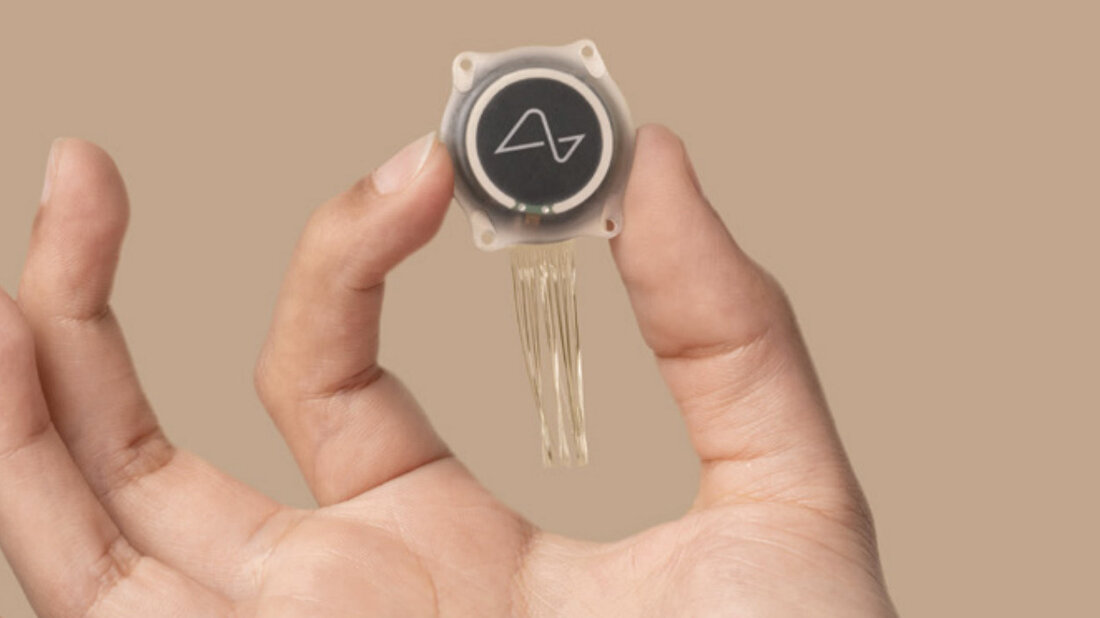
“The first time I ever gained cursor control, I was blown away.” Arbaugh, who was paralysed from the neck down following a swimming accident in 2016, can now control a computer with his brain, playing chess and other games, thanks to the device.
Back in August, Arbaugh posted a detailed thread about his progress with Neuralink on X, formerly Twitter. In case you’ve been living under a rock for the last two years, that’s a Musk company too.
See also: While many might baulk at the idea of a chip being implanted into their brain, the field of brain-computer interaction is coming on leaps and bounds and has plenty of less invasive exponents.
Neurable, for example, produces a wearable device — in essence, a set of headphones — that record and interpret brain signals which can be used to track focus habits and boost productivity.
xAI at Speed
In amidst all of this, Musk found the time to oversee a rapid-time AI data centre build. The team at xAI, the AI start-up that creates the Grok AI, built a supercluster of 100,000 Nvidia H200 Blackwell GPUs in only 19 days.
Jensen Huang, CEO of Nvidia, called it a “superhuman” achievement, explaining that the conceptualisation to build of a supercomputer — the entire process that the team executed — usually takes around four years.
It sets a new bar for how quickly AI projects can be deployed; the computer began training AI models soon after the rapid setup was complete.
See also: Stability AI, the company behind the generative AI model Stable Diffusion, just launched its most advanced model yet; Stable Diffusion 3.5. The Large version of this model contains 8 billion parameters and offers “superior quality and prompt adherence”.
Tesla’s Bottom Line
Finally, proving that there is substance underpinning all this style, Tesla posted a blockbuster earnings report. Net income rose 8% from a year ago to $2.5bn in its third quarter, well above the $2.1bn that analysts had expected it to post.
It bucked a trend of disappointing quarters for Tesla, but Musk said that he expects to achieve vehicle delivery growth in 2024 “despite ongoing macroeconomic conditions”.
He also took the opportunity to stress that he views autonomy as the future, alongside Tesla’s efforts to reduce the cost of its vehicles.
The Not So Good
It wasn’t all good news from We, Robot, which on paper should have been another big win for Musk.
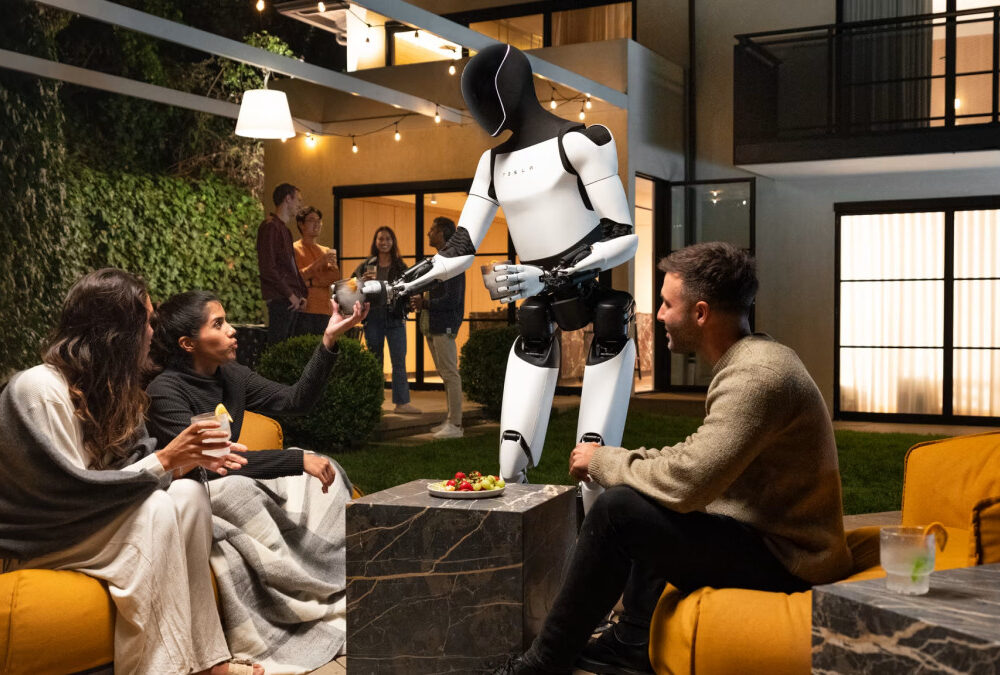
On the one hand, Musk is being sued for copyright infringement by the creators of Blade Runner 2049 and I, Robot. Blade Runner’s production company, Alcon Entertainment, alleges that imagery from the film was used at We, Robot despite it specifically rejecting a request for permission to do so.
The allegations are awkward for Musk, who has previously said himself that Blade Runner provided part of the inspiration for Tesla’s Cybertruck.
On the other hand, even the technology was underwhelming once you got beneath the surface. The robots that staffed the event were, according to TechCrunch, operated by regular, flesh-and-blood human beings.
Do keep a watchful eye out for ‘mechanical Turks’ like this — they abound in an era where the appearance of artificial intelligence can net businesses massive acclaim. It emerged earlier this year, for example, that the groundbreaking technology powering Amazon’s “just walk out” stores was, in fact, thousands of Indian workers watching shoppers carefully on a livestream and logging what they put in their bags.
Conclusion
There are an endless range of opinions on Elon Musk, but the extent of his industriousness and ambition are undeniable. Few could begrudge him a quiet couple of months to finish up the year — after all, from January, he could be in government.
Think you’ve got what it takes to become the world’s next great innovator? Speak to the team at Oho today to match your talent to the world’s most innovative companies.


